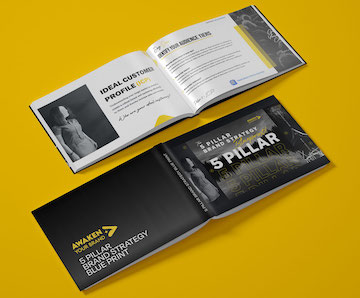All luxury fashion brands have rich stories behind them. In this post, we’ll take a look at three, with an eye to what we can learn from them. If you find yourself in charge of a venerable brand or hope to be in that position one day, this post is for you.
The brands we’ll be looking at today are Versace, Burberry, and Gucci. Each of these brands has stellar logos and iconography. They all ooze sophistication and exclusivity, but their success goes so much deeper than that. Ultimately, their continued success comes down to a few factors we’ll reveal in this post.
Venerable brands such as these must tread carefully. Often, they struggle to connect to emerging markets. But successful brands turn this into an opportunity to remind young consumers why they were successful in the first place. In the process, they often introduce young consumers to a standard of quality they’re not accustomed to. Brands that survive don’t reinvent themselves: they reintroduce themselves.
In this process, the core of what made them successful in the first place is brought to the fore, allowed to shine and gleam. And, like magic, what was once ‘old fashioned’ becomes chic. It’s a phenomenon seen repeatedly in successful brands, and it is a phenomenon you can bring about on your own. Read on.
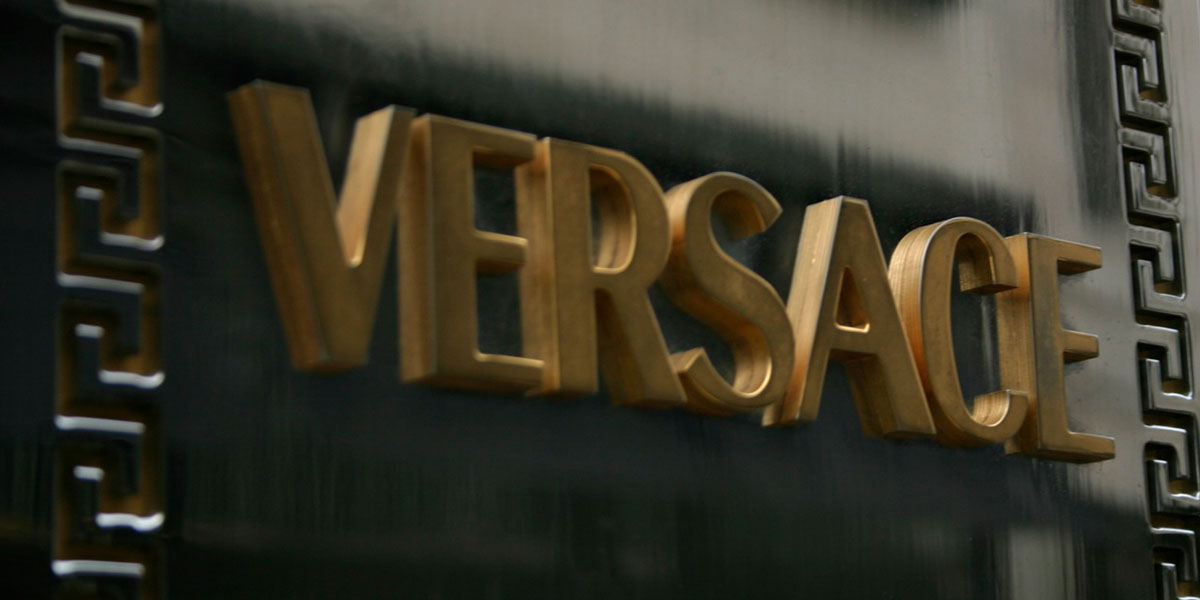
VERSACE
Gianni Versace, the late fashion designer, grew up in post-war Italy—an area, at the time, as well known for its cuisine as its Fascist leanings. His grandfather, Giovanni Olandese, grew up in Reggio Calabria, in the Southern reaches of the country.
Calabria, a shoemaker by trade, was staunchly anti-fascist. In fact, Gianni Versace would often recount how local authorities would preemptively throw his grandfather in jail when a Fascist Party leader visited the area. Versace’s mother, Franca, was born in 1920 and grew to share many of her father’s ideals.
She was a skilled seamstress, cutting intricate designs without the aid of a pattern. The locals regarded her clothes in high regard, noting the quality and comparatively low price.
As a teen, Gianni discovered a passion for sewing and channeled this passion into design. Throughout his tutelage, his younger sister, Donatella, served as his test subject. He would design, cut and sew the garments, and she would show them off for proud parents.
In the 1970s, Gianni moved to Milan, where he got work as a designer for a number of knitwear companies. These companies produced garments prêt-à-porter, or ‘ready-to-wear,’ meaning that no tailoring was required. At the time, wearing tailored garments was seen as a call-back to the Fascist party—a dark reminder of a bygone era.
It was a time of political turmoil. Marxist groups, such as the Red Brigades, committed over four thousand acts of violence in the area between the years 1970 and 1975. It was not an environment conductive to creativity, yet Versace thrived.
That success did not come over night. After working for knitwear outfits such as Callaghan, Genny and Comlice as a freelancer, he became well known for his innovative work with lace and leather when he debuted his own line in the late 1970s.
The distinctive elements we associate with the Versace brand today, such as the fusion of life, music, art and fashion, evolved over Gianni Versace’s career.
According to Mr. Versace, when he was stuck, he would think back to his time in his mother’s small studio, marveling at her ability to create beauty from scraps of cloth.
With Gianni’s tragic passing in 1997, his protege and trusted adviser, Donatella, took the helm. Less than three months after her brother’s death, she held her first fashion show as a lead designer. She was met with a standing ovation.
Today, Versace is one of the world’s leading luxury fashion brands.
WHAT WE CAN LEARN FROM VERSACE
In the two decades following the establishment of his fashion house in the late ‘70s, Gianni Versace turned the runway scene upside down. His vision was one of garments that captured the essence of vivid fine art and pop-culture. He drew inspiration from prints, music and other art forms of the time. This shows in his many sensual gowns as well as singular examples such as the chain-mail mini dress, corset, metallic skirt and cashmere sweater.
It’s fair to say that his collections gave rise to the supermodel, and that each collection the House Of Versace released increased its fame—and sometimes, its notoriety.
Though he left us too early, his legacy endures, and his is a story forever immortalized in pop culture—from the recent airing of American Crime Story: The Assassination Of Gianni Versace, to the exhibition of his work at the Berlin’s Kronprinzenpalais. Here are but a few of the lessons we can learn from the man, his life and his brand.
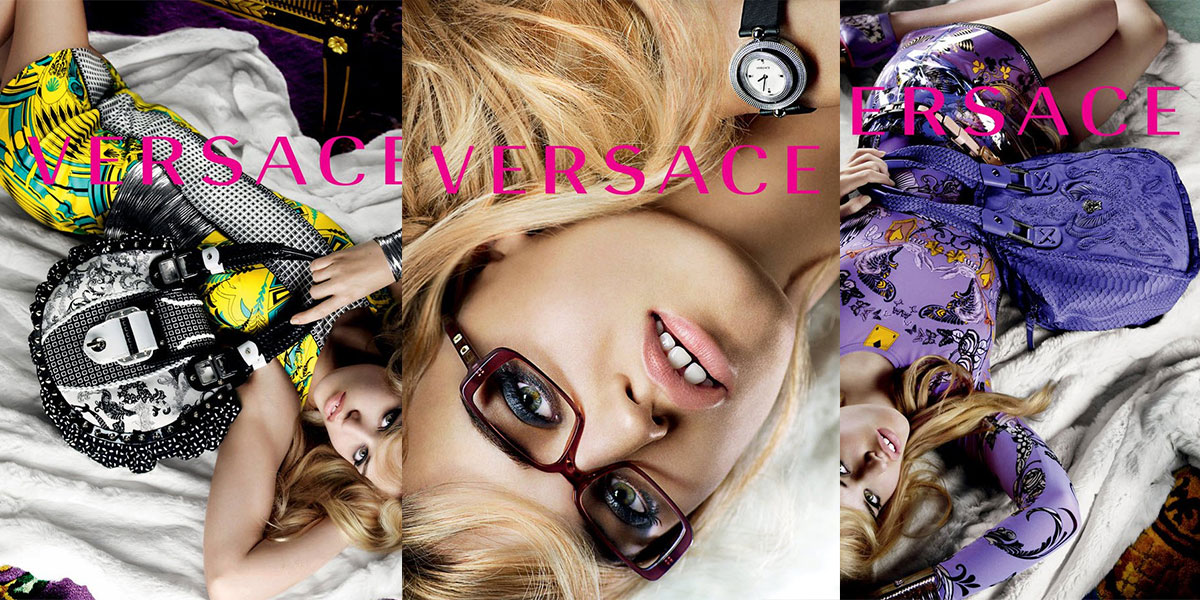
#1 BUILD YOUR NETWORK
The cliché, Rome wasn’t built in a day, is no doubt true. But it’s also true that Rome wasn’t built by one person. No matter how talented you are, you can’t do it all on your own. This is a lesson that many would-be entrepreneurs learn too late.
You aren’t good at everything, so know when to delegate. This doesn’t just apply to getting more done, it’s an important principle to understand when endeavoring to build an awakened brand.
Throughout his life, Versace built a network of A-listers he could count on to appear at his shows. This includes the likes of Elton John, Sting, Cindy Crawford, Madonna, Naomi Campbell and Claudia Schiffer. Building partnerships with so many icons allowed him to establish his designs as pop-culture icons.
Photo Source

#2 UNDERSTAND THE POWER OF PERSONAL BRANDING
Versace was known for many icons, or symbols, all his own. You had the Medusa and the Grecian frieze. You had the Oroton dress. These graphics, symbols and icons were distinctly Versace, and they were seen everywhere, from his clothes to his home.
The personal brand helped Versace build credibility and gain influence in the industry. The more influence he wielded, the easier it was to set trends. Setting trends, in turn, helped the company generate sales by creating a marketplace hungry for their product.
Photo Source

#3 DON’T BE AFRAID TO BE DIFFERENT
“I don’t believe in good taste.” — Gianni Versace
Versace blazed a trail by creating risqué designs that emphasized the human form and celebrated human sexuality. Versace put sex-appeal at the forefront, most often to rave reviews.
This boldness set the brand apart and contributed to its ‘cool’ factor. There is massive value in being different if a particular segment of the market is being underrepresented. Here is an example.
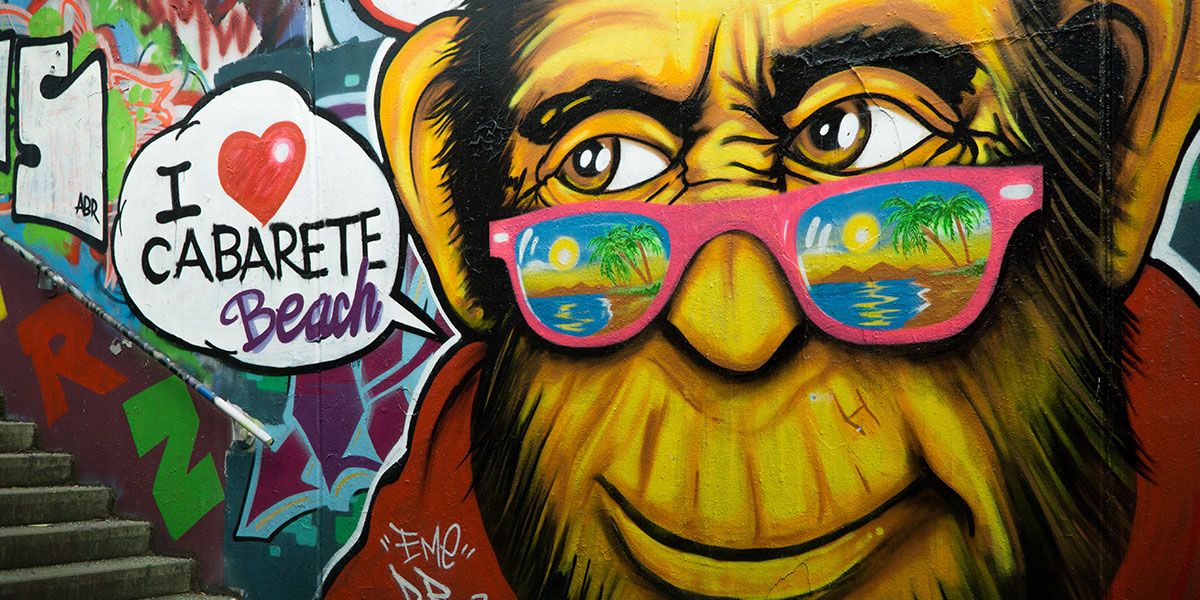
#4 LET ART INSPIRE YOU
In 2009, Gianni’s art collection was sold by Sotheby’s for over £10-million. Much of his work on the runway can be said to be a homage to those contemporary artists who inspired him. For specific examples, look at his SS91 collection, which was based loosely upon Andy Warhol’s work.
In our art, we find meaning. Let art inspire you and you’re well on your way to creating designs that consumers will respond to.
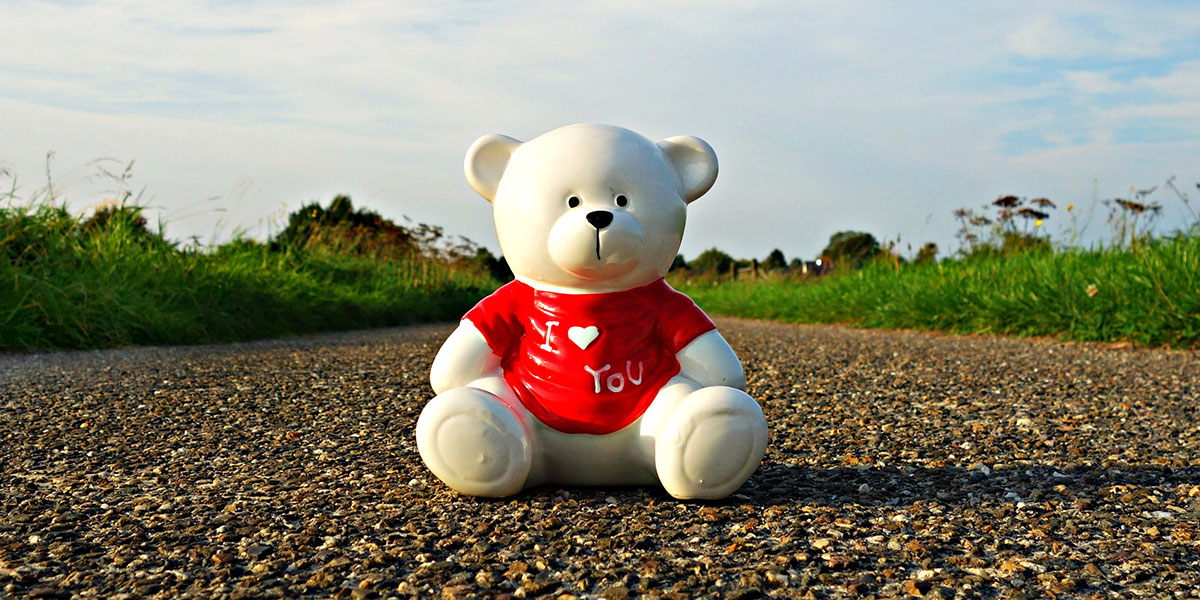
#5 BE YOURSELF
While many of Gianni’s contemporaries, such as Calvin Klein, Martin Margiela and Jil Sander were creating deconstructed cuts and nearly androgynous designs, Versace stood firm in designing per his vision.
The result?
Ever-increasing success during his tenure as the company’s leader. If you have the talent and have done the legwork to hone that talent into true skill, then be yourself. The world needs designers with vision and the tenacity to bring that vision to fruition.
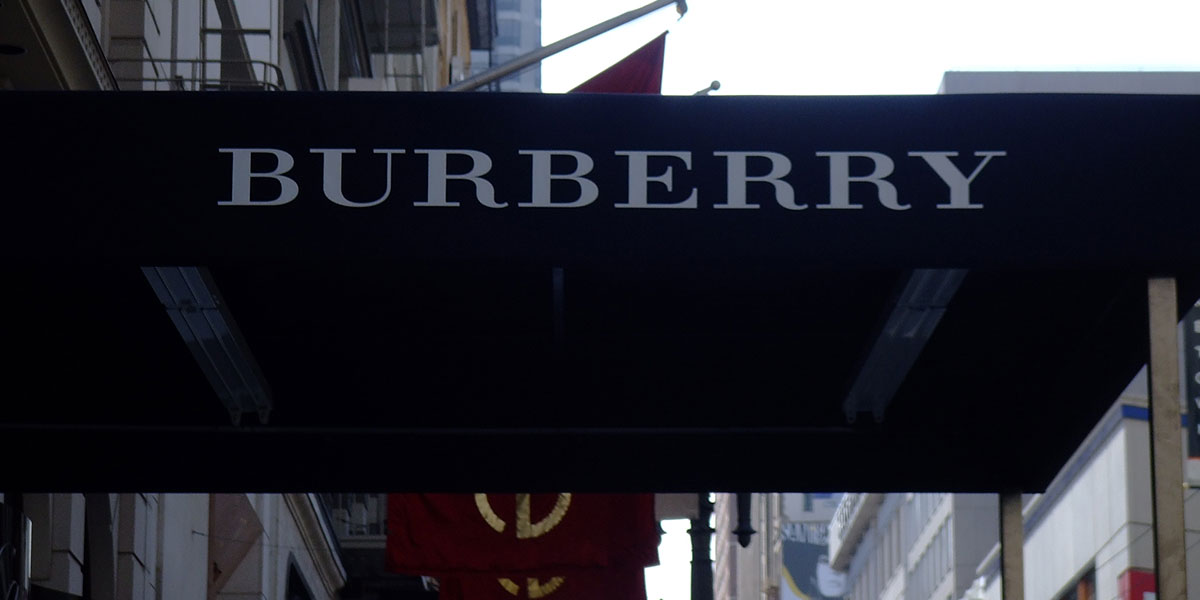
BURBERRY
In 1879, Thomas Burberry, an inventor, hit upon something extraordinary when he created the novel fabric gabardine. The fabric was ideal for raincoats as it was water-resistant and tough. Burberry originally described gabardine as worsted wool woven as a warp-faced twill, but manufacturers have since used cotton and polyester. However, wool remains the fabric of choice for luxury brands.
In 1893, when Dr. Fritjof Nansen—a Nobel Peace Prize winner—traveled to the Arctic Circle, he wore Burberry. Claude Grahame-White, the first aviator to fly from London to Manchester, wore Burberry.
When the first World War broke out in 1914, the British Armed Forces required uniforms that could protect soldiers from harsh conditions. It is from those dreaded trenches that we get the term ‘trench coat.’
By the end of the war, Burberry coats, with their distinctive check pattern and knight logo, were associated with loyalty, dedication and strength.
By 1920, with social pressures changing the structure of British society, all classes embraced the Burberry brand. Certainly, the brand had its critics—critics who were, for the most part, opposed to this blending of the classes, which Burberry seemed to encourage. Yet the brand not only endured, it flourished.
In 2001, rapper Ja Rule featured a Burberry bucket hat in his video for the song Always On Time. Two years later, in 2003, Beyoncé sported a Burberry bikini in her video for Bonnie And Clyde.
While rooted in the past, the brand has embraced the present and is poised to endure into the future.
Today, Burberry coats are a status symbol in London and around the world. Many Burberry designs for 2018—presented by Christopher Bailey—take inspiration from ‘common’ streetwear.
WHAT WE CAN LEARN FROM BURBERRY
Burberry remains a popular brand, but the company isn’t without its controversies. In 2018, Riccardo Ticsi, chief creative officer, ordered a general rebranding, hiring artist Peter Saville for the task. Critics of the new design claimed that Peter Saville, while well known for his work on album art, lacked the experience necessary to rebrand a luxury fashion house.
The new monogram is simple, with an interlocking TB—after founder Thomas Burberry—featuring white, beige and red coral. It replaces serif caps with sans-serif bold. It isn’t a bad design by any means, but this story warns us that creating something new for the sake of newness isn’t always the best course of action.
What else can we learn from Burberry?

#1 PROVIDE A CONSISTENT EXPERIENCE
The company may have felt it necessary to rebrand, but their online presence has always been on point. Former CEO, Angela Ahrendts, felt strongly that customers should have ubiquitous access to Burberry regardless of device or location. When designing the site, the focus was on consistent ease of use.
After all, if customers can’t access your offerings on the device of their choice, they’re less likely to buy from you. Or, worse yet, they might visit you once and then tell others how clunky your site is. With mobile sales increasing steadily, this isn’t an aspect of your store you can afford to ignore.
What’s more, Ahrendts put more effort into the company’s social media presence, creating what she described as a ‘social enterprise.’ The goal: to be connecting ‘totally’ to every customer who touches your brand. The idea is to present your brand as more than just a commodity to be purchased. Indeed, you want your enterprise to be viewed as an organization made up of passionate individuals. Customers prefer to buy from companies with which they feel a connection.

#2 REMEMBER WHAT MADE YOU SUCCESSFUL
Any growing company would do well to follow the example set by Angela Ahrendts during her tenure as CEO. Born in a small town in Indianapolis, Ahrendts brought to the company the idea that it should return to its roots. As we’ve seen, Burberry as a brand has a rich history that is anchored deeply in the British cultural identity.
To learn more about how to create a brand story, click here.
Ahrendts vision was to return the company to those roots. She succeeded in returning Burberry to its rightful position as a ‘beloved old British company.’
According to Ahrendts, a brand is powerful only because of what it means to the customer—that no matter where they are in the world, the customer knows they can rely on a certain level of quality. Without that expectation rooted deep in the customer’s subconscious, you don’t have a brand.
During her time with the company, Ahrendts revitalized Burberry by putting the emphasis back on the iconic trench coat, and she reached out to millennials, making such outwear ‘cool’ again.
Five years after Ahrendts took the helm as CEO, Burberry’s revenues reached $600-million.

#3 EMPOWER SALESPEOPLE
During her time at Burberry, Angela Ahrendts involved her salespeople in the process by creating Burberry Chat, an application through which employees could air concerns or offer ideas. The program worked, stirring passion in employees and fostering a sense of teamwork and belonging.
In an open letter on LinkedIn, Ahrendts listed three essential qualities of an effective sales team: empathy, positive energy, passion and enthusiasm. Find ways to cultivate these qualities in your staff and you’re well on your way to seeing continued success.
She went on to refine these ideas at Apple, where she redefined traditional sales positions. ‘Sales representative’ became ‘Creative Pro.’ Other titles include: Business Expert and Operations Expert. She also created an undergraduate program: the Apple Store Leader Program.
The result?
Dedicated, passionate salespeople who actually care about what they do—salespeople who want to achieve stellar results.
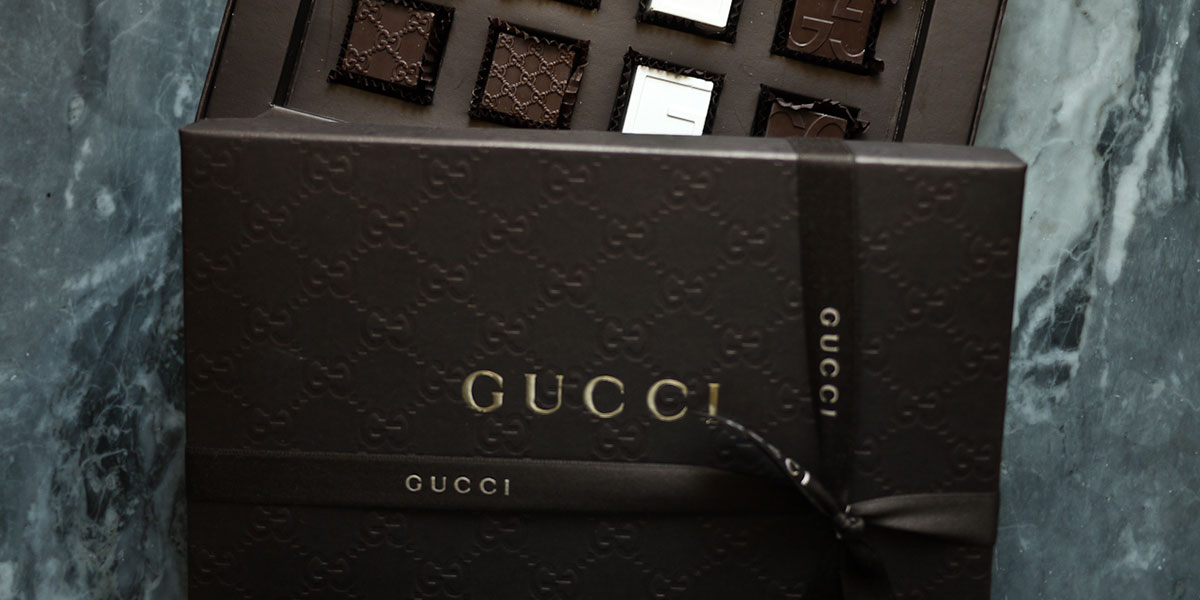
GUCCI
Guccio Gucci, the son of a leather craftsman, found himself enamored with the elegant fashions of the wealthy. Indeed, as a porter at the Savoy Hotel in London, he got plenty of exposure to the posh life. But as an outsider looking in, he hungered for a way to break through, to break rank and move up in the world.
As often happens when talent is met with consistent hard work, Gucci ultimately met that goal, founding The Fashion House of Gucci. In 2008, Gucci, the brand, generated over €4 billion, a record year. Ten years later, the company began 2018 with a bang, earning 49 percent sales growth.
But when Gucci left London for Florence in 1902, Gucci as a brand—a company—was just a dream. The founder returned to Florence to become an apprentice to a leather manufacturer. In 1921, after learning his trade, he founded his first store.
This was a turbulent time, and Italy suffered embargos that forced Gucci to get creative with his materials. He settled on a hemp fabric—canapa—that featured a small, intricate diamond pattern. As it happened, this fabric and design proved extremely popular, and the pattern remains an important element of the brand to this day.
In 1953, Gucci debuted the Gucci loafer, and it was an instant hit. Around this time, his son, Aldo, took the brand to America, opening a Gucci store in the Savoy Plaza Hotel. Sadly, Guccio Gucci died shortly thereafter.
However, Americans embraced Gucci and the brand exploded in popularity. By 1961, when Jacqueline Kennedy became first lady, the brand was full-on Americana: Gucci renamed the purse she often carried ‘The Jackie.’
In 1985, the Metropolitan Museum of Arts made the Gucci loafer a permanent part of their collection.
WHAT WE CAN LEARN FROM GUCCI
In 2017, Gucci saw a sales increase of 44.6 percent. As noted, in 2018, the company saw a bump of 48.7 percent. What is driving this stellar success? The brand is established and produces consistent quality, but there is another factor at play here. They’ve gone out of their way to earn acceptance from a growing market: millennials.
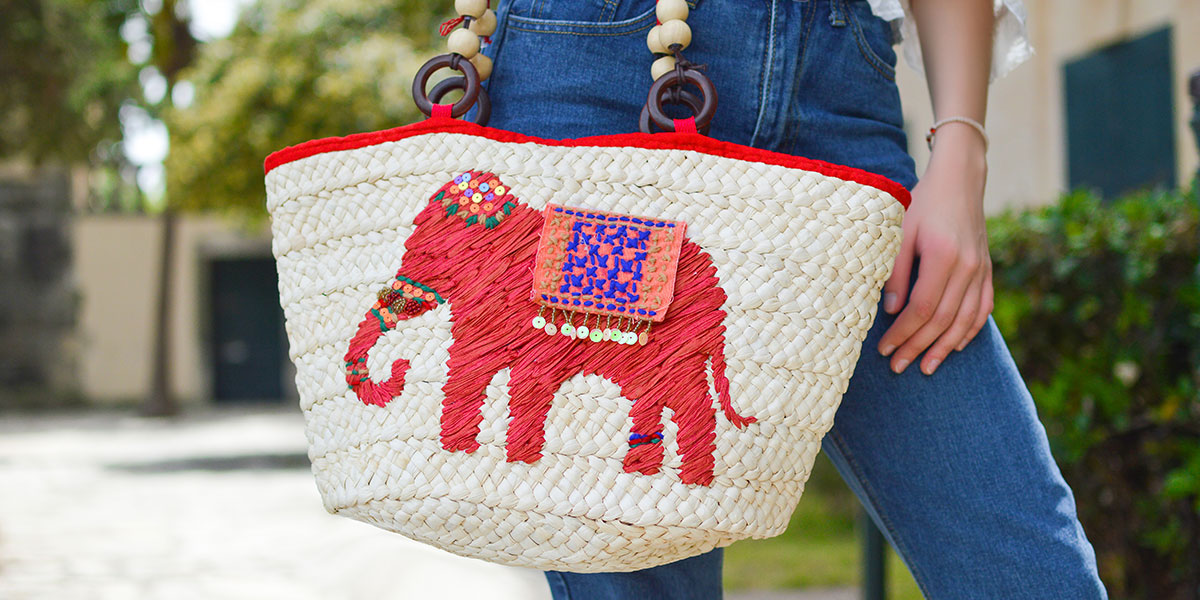
#1 UNDERSTAND EMERGING MARKETS & REMAIN RELEVANT
According to the Financial Times, millennials are the most powerful consumers in the world. This is due, in part, to the fact that they have access to amazing new technology. Their word-of-mouth travels at the speed of light. This study published by Visa, offers tips to connecting to them.
Many luxury brands have struggled to connect with millennials, but Gucci has excelled here. According to Francois-Henri Pinault, CEO of Gucci’s parent company, Kering, millennials and Gen Z make up 50 percent of sales.
Why?
Some have speculated that Gucci’s partnership with controversial—but very well received—Harlem tailor Dapper Dan plays a large part. This plugged Gucci into the hip-hop crowd, allowing the Gucci name to appear in lyrics from artists like Pusha-T and 2 Chainz.
But the partnership also differentiated Gucci from other luxury brands in the eyes of young consumers. Gucci could ‘play ball.’ The company was cool, and hip and modern. But it was also relatively laid back.
Three things to know about millennials, the last of which is most important:
They don’t like golf as a general rule, they’re not so enthused about the prospect of marriage, and they don’t like companies that are over protective of their IP. This study from the Irish Food Board offers more specifics.

#2 BE DIFFERENT, WITH INTENTION
Don’t be different just to be different. Millennials call this ‘posing,’ and it won’t win you any loyalty from them.
Alessandro Michele understands this.
In 2015, Alessandro Michele took over as Gucci’s creative director. He came in with the goal of revitalizing the brand, and he succeeded. In 2018, Gucci’s show was one of the most highly anticipated of Milan Fashion Week.
Beginning in 2015, Michele took the brand in a new creative direction, moving away from the sleek, minimalist designs ushered in by Frida Giannini. Michele introduced a dizzying array of new aesthetics, from colorful embroidery to neo-punk metallics. The new look resonated with millennials who were hungry for something new and daring from high-end luxury brands.
In addition, Michele succeeded in grabbing the attention of young customers by focusing on the theme of inclusively instead of chasing trends. Says Michele, “I don’t care about a dress. I care about the person inside it.”
At the end of the day, ensuring that your luxury brand remains relevant is about understanding emerging markets while staying true to who you are. Additionally, it’s about offering a consistent user experience. It’s about developing a passionate sales team who understands and values your heritage—and it’s about taking inspiration from things that are universally valued, such as nature, art and culture.
What are some of your favorite luxury fashion brand stories? Let us know in the comment’s section below.

